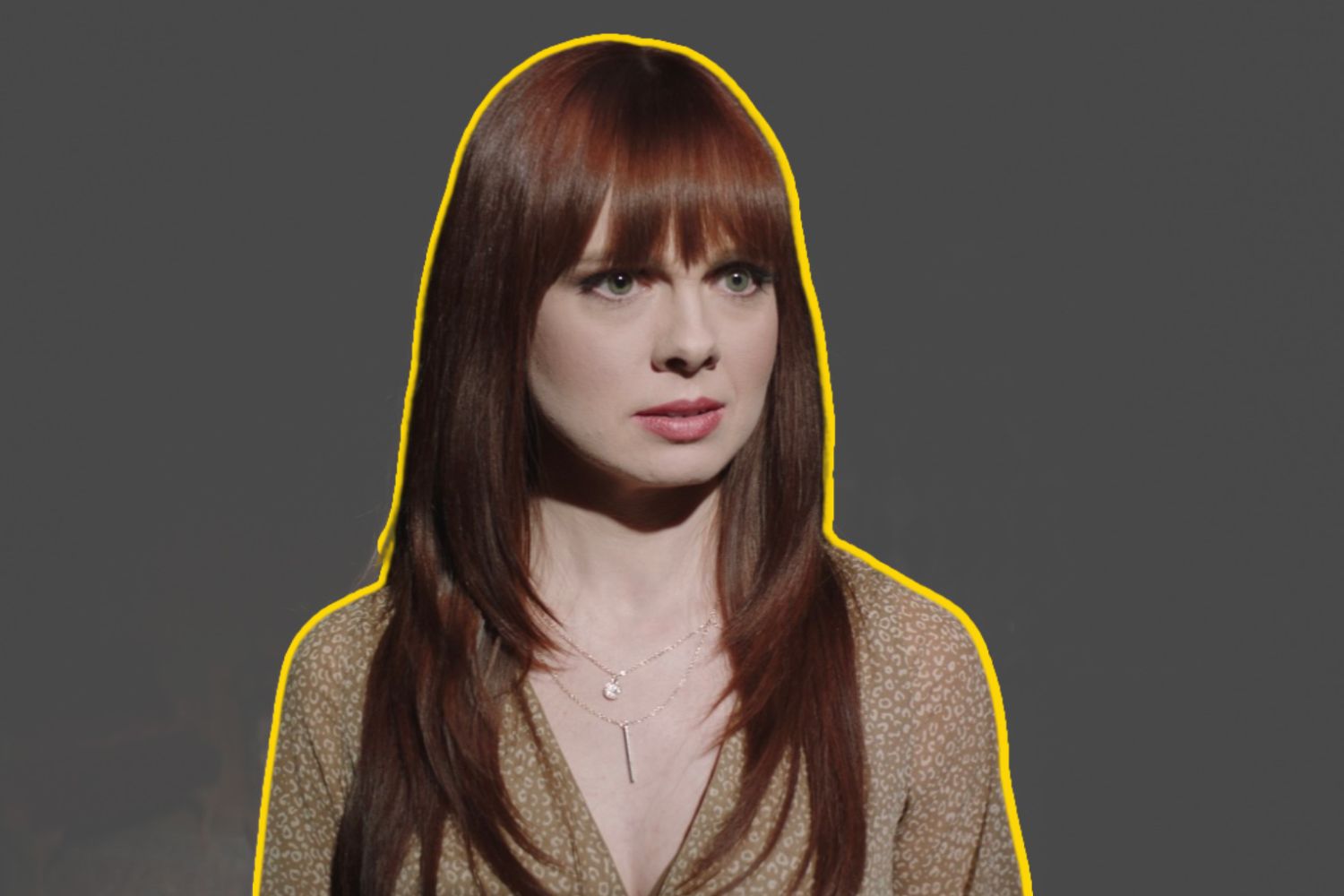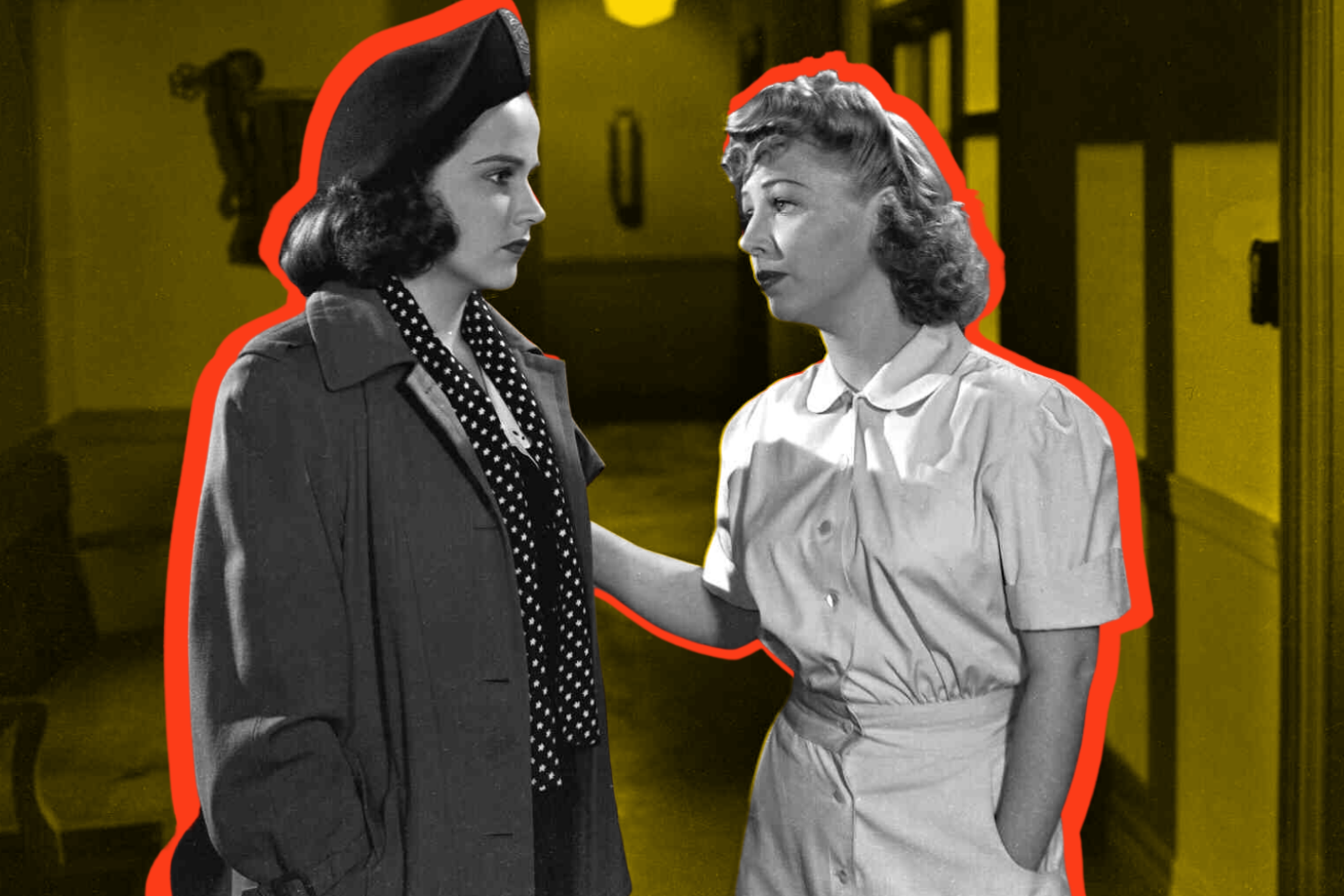Editorials
‘Murder, Anyone?’ and the Violence of Creation
July 13th, 2023 | By Bee Delores

If you’re an artist, you’ll find yourself reflected in James Cullen Bressack’s horror/comedy Murder, Anyone?. The sacrifices one makes for art come centerstage with a fang-toothed script revolving around two playwrights writing a thriller. Two tortured artists pour over their pages, typing furiously to cook up the next genre sensation. Through their perspective, the audience explores what it means to make art. The meta-horror demonstration then delves into the idea that you must kill yourself for the process and turn your suffering into an artistic achievement.
Art is grueling. Many great artists – including Vincent van Gogh, Sylvia Plath, and Jackson Pollock – have suffered publicly for their craft. These artists made great works, but it cost them their lives. Art just couldn’t squelch the pain writhing in their bones. “When one has fire within oneself, one cannot keep bottling [it] up,” Van Gogh once said. “Better to burn than to burst, what is in will out.”
Bressack spotlights the artistic process in its purest form—the push and pull between ideas, story beats, and character revelations. It’s rarely an easy feat. Sometimes, a work of fiction, a sculpture, or a piece of poetry flies from your fingertips. Other times, it’s like threading a needle with a strand of hair or counting beads of sand. Creativity is an endurance test.
In Murder, Anyone?, George (Maurice LaMarche) and Charlie (Charles M. Howell IV) are marathon runners. Their story blossoms from an inconsequential seedling as they progress from throwaway plot points to more concrete ideas. In their script, they conjure an idea about a young woman named Bridgette (Galadriel Stineman) who meets dashing, chiseled-jaw tennis player Cooper (Kristos Andrews)—a character initially portrayed by Tyler Christopher as Richard. The name change happens after Charlie suggests the would-be killer needs to be younger, Bridgette’s age, effectively allowing more sexual tension. The creative choice opens the floodgates. Even the characters’ accents change, and several more characters are added, including a man named Blain (Spencer Breslin) in a chicken suit.
With each creative decision, the writers effectively offer themselves up. Their own inner lives seep onto the page. While we only see glimpses into George’s and Charlie’s backstory, their wants and desires reveal themselves through writing. While they both agree upon a murder mystery conceit, they have very different ideas of what medium to tackle. Charlie wants to write a stage play—unintentionally in the vein of Death Trap and Mouse Trap—but George figures a motion picture is the better option. Their artistic differences fuel their friction, driving the plot-within-a-plot narrative forward.
Charlie and George take turns typing out ideas, from surreal elements to the totally bonkers—like zombies, kung-fu, and a vampire subplot. The story—centering around Cooper and his plans to steal Bridgette’s Picasso painting—grows increasingly convoluted and absurd. Early on, George questions why they’re even writing a play. “Why spend the next few weeks, possibly months, writing a play that’ll be put up at some tiny, little black box theatre and be seen by maybe a dozen people because they know someone in the cast?” questions George. But Charlie argues that the writer “has power” in the theatre, where producer interference is far less frequent than in movies.
That power is a remarkable thing. George and Charlie wield it willy-nilly, but their craft benefits greatly from such reckless abandon. Ideas fly from their brains, unbeholden to anything or anyone else. However, their wild, unruly creativity soon spells disaster for their original concept. When George and Charlie change the characters from American to British again, Charlie laments that things are getting a little too far-fetched. “Isn’t art supposed to be far-fetched?” counters George. That line of thinking leads to several more absurd plot points, including the arrival of a blind French medium named Marie (Carla Collins) and a seance during which murdered ghosts are resurrected.
The pair throw everything at the wall to see what sticks. But Charlie just wants to write something “worthwhile, thought-provoking.” An important conversation around art versus commerce weaves throughout Murder, Anyone?. George and Charlie struggle with wanting success but long to create a work of art. It’s quite the dichotomy. The pleasure they experience in writing is nothing compared to their suffering trying to iron out the details. Soon, it becomes clear the characters on the page have no real meaning. “We don’t really care about them,” Charlie says. “They’re just pieces we’re moving around on a chessboard.”
With each keystroke, the script erodes even further. Zombies doing kung-fu is the straw that breaks the camel’s back. “I can’t believe my name is going to be on this,” Charlie laments, banging his head against the wall as he tries to delete the entire project. George removes his belt, sneaks up behind him, and strangles Charlie to death. The camera melts from black-and-white noir to technicolor. Footsteps are heard on the stairs, and George’s wife, Bridgette (Lisa Wilcox), emerges. She asks what he’s been up to, to which he says, “I’ve been fighting with myself the whole day.”
Charlie, we learn, signifies the second half of George’s creativity. It’s the part of himself he’s willing to kill. In art, you agonize over the details and stretch your mind to its limits. Before long, you find yourself on the brink of temporary insanity. You pay a price to make the art you so desire. George may not have finished his script, but he was able to inch closer to uncovering a visionary concept. Beneath the chicken suit, kung-fu zombies, and blind French medium, there’s a story worth telling.
Murder Anyone? is far less about the output than the exhausting, laborious creative process. The horror here springs from George’s own mind; the terrible demands of butchering ideas for clarity and logic spring to life through an exaggerated world. Even if those ideas make no sense, it’s far easier to pull in the reins than strain to develop them. Writing songs, painting a landscape, or molding clay takes a mighty toll, peeling back layers to an artist’s psyche in a way that tells the world of their true identity. Too bad you have to kill yourself in the process.


